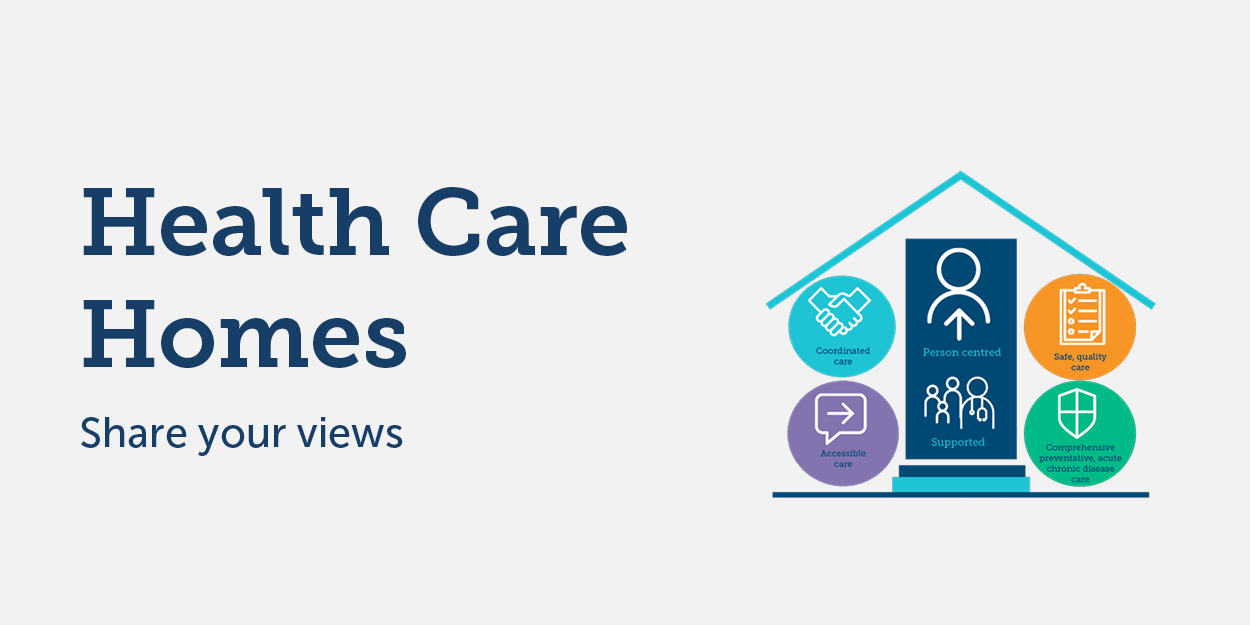
Currently stage 1 of the Health Care Home model is being rolled out across 10 Primary Health Networks across Australia. While North Western Melbourne PHN (NWMPHN) is not part of the initial rollout, we strongly support the Health Care Home model of care.
NWMPHN wants to ensure that GPs and general practice teams are front and centre in shaping how these changes play out in day-to-day working environments – and are provided with practical support.
To assist us, we encourage you to complete a short online survey which aims to take stock of your current understanding of the Health Care Home model, and the types of supports NWMPHN can provide to general practice.
Begin the survey.
What exactly is a Health Care Home?
How can we create a more efficient system that also leads to better patient outcomes and improved clinician and patient experience? Health Care Homes could provide just that.
While there are many uncertainties surrounding the Health Care Homes model, including how practice remuneration structures can be adapted to a bundled funding model; how the tiers of complexity will be determined; and how IT systems will integrate and manage the coming changes, the international evidence is strong for the benefits associated with the Health Care Home.
How does the model work?
The proposed Health Care Homes model links a bundled funding payment for each eligible enrolled patient, paid to the practice.
The payment is set at 10% higher than current Medicare average payments, and is tiered by complexity. This payment will replace all current chronic disease and fee-for-service item numbers for chronic/complex conditions.
Bundling payments for chronic care opens opportunities to think differently about how we plan for and provide comprehensive and coordinated care. It also encourages a more individualised and patient-centred approach, which improves patient experience and outcomes.
Practices will still be able to bill Medicare for visits not related to the chronic disease, and can continue to charge a co-payment.
An important component of the model – patient enrolment – encourages continuity of care, fundamental to improving patient outcomes. Enrolling in a Health Care Home will trigger access to allied health visits, in the same way chronic care MBS items do now.
Follow up work, such as telephone and email contact with patients, which is currently unpaid, will be recognised under the model. This will allow practices to build quality improvement systems, and transform the way they provide services to populations of need.
At a practical level, Health Care Homes have the potential to make a GP’s day-to-day work more effective by financially supporting team care. GPs remain the leader of the care team, but through upskilling of other team members, such as practice nurses, GPs can focus on their core skills.
Post script
The Health Care Homes team at NWMPHN is Michaela Lodewyckx, Coordinator Health Care Homes and Dr Jeannie Knapp, Clinical Lead. Dr Jeannie Knapp is a practicing GP and practice owner, working in Richmond, Melbourne.
To send a question or comment about the Health Care Home readiness strategy at NWMPHN, or to request a practice visit please email healthcarehomes@nwmphn.org.au




